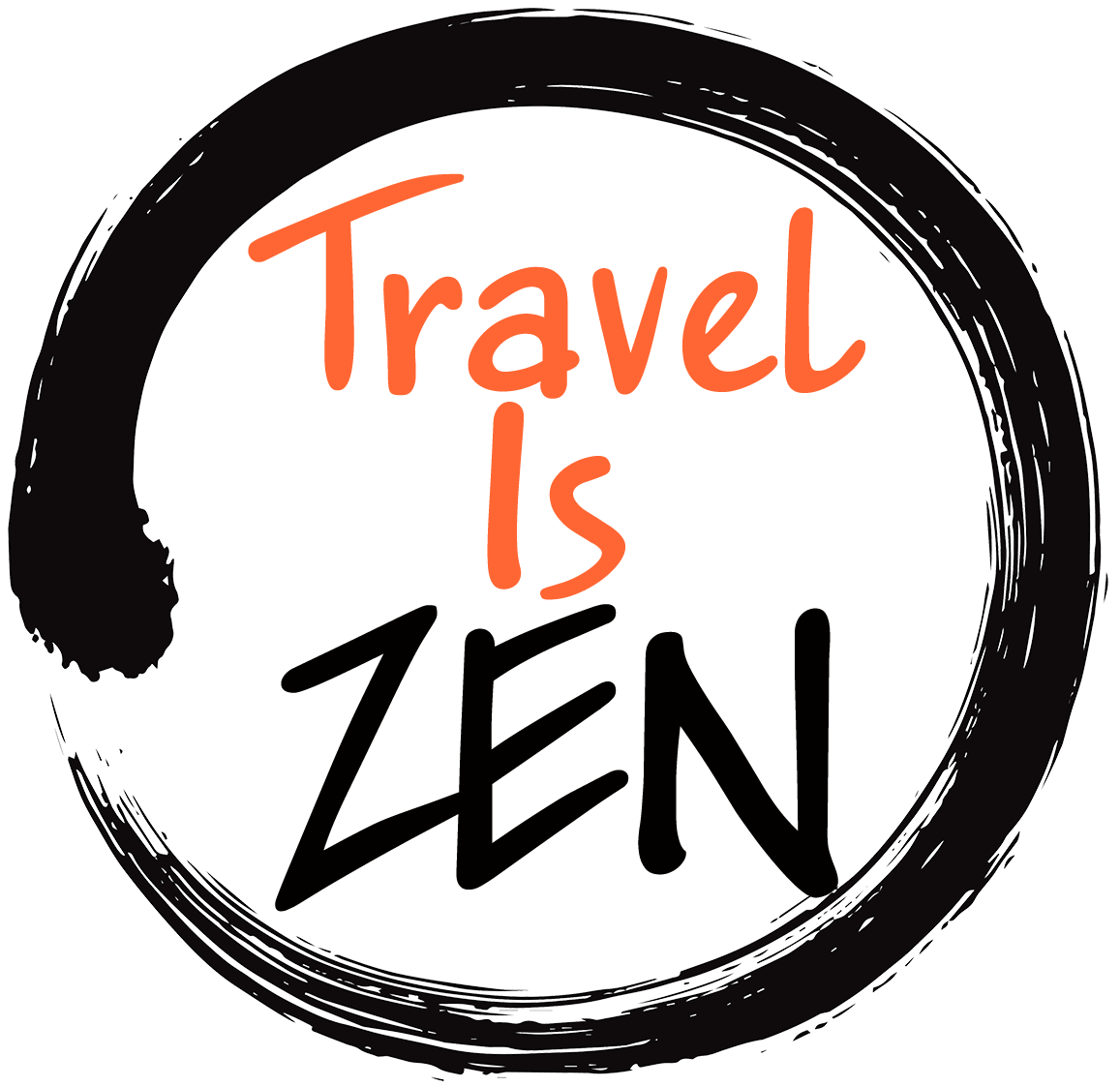Yucatan Road Trip: Coba and Chichen Itza
From Valladolid, we made two separate day trips. The first was to Coba, where we were schooled in ancient Mayan shaman medicinal and ritual practices and explored Mayan ruins dating back two millennia. Then we spent a day at Chichen Itza, one the of most famous and well-preserved city-state ruins in the Yucatan.
Coba: Xunaan Kab and Nohoch Mul
Coba maintains a strong Mayan cultural influence. This little town sits between two lagoons and was first settled by native peoples somewhere around 0 B.C. Within a span of about 200 years, Coba became a major city, with strong population growth and political influence that lasted nearly a thousand years. The ruins at Coba feature Nohoch Mul pyramid. At 137 feet, Nohoch Mul is the tallest pyramid in the Yucatan, with 120 steps to the top (compared to Chichen Itza’s Kulkulkan pyramid with 90 steps). More than 50 sacbes (white roads) originate from the main pyramid and stretch east, west, north and south for more than 30 miles. We walked along one of the 16 sacbes open to the public.
Click on any photo for slide show view.
The emergence of Chichen Itza as a city-state around 900 A.D. resulted in a power struggle that Coba ultimately lost. When the Spanish conquered the Yucatan peninsula in the mid-1500s, Coba was abandoned — and not re-discovered by western anthropologists until the 1970s. Today, you can park and tour the ruins yourself on foot or by bicycle for a nominal entrance fee. You can also hire a guide - there are plenty both inside and outside the entrance gate. We did a walking self-tour and found the signs in English helpful enough. It is about a mile from the entrance gate to Nohoch Mul.
We made the road trip to Coba to visit Aldea Maya Xunan Kab, a family-owned cultural preservation attraction. We had no reservation or tickets; we just showed up after noon on a weekday. As we drove hesitantly down a short dirt road, we were greeted enthusiastically by Arturo Chimal, the owner and curator of the establishment. “Xunan Kab”, also known as the Melipona honey bee, is a sting-less bee native to the Yucatan and sacred to the Mayans. Arturo is a passionate bee-keeper and preservationist of the species. He explained the medicinal value of the bee’s honey and showed us his hives. Xunan Kab honey is thought to help cure eye problems, such as cataracts, (among other ailments) so Caffrey opted to give it a try. I tasted it, instead, and found the honey incredibly flavorful and sweet!
Arturo led us around the family farm, showcasing some of the more interesting medicinal plants and herbs and allowing us to sample some of them for effect: wormwood, lemon balm and mint, cacao, chaya leaves, and little tiny pepita peppers packing a powerful anesthetizing effect on the tongue. Arturo’s father is a shaman healer, so for a small contribution, we received a shaman blessing, followed by a lunch of freshly-made tortillas by Arturo’s mother and sister. Additionally, the family maintains a small little museum of curated Mayan artifacts and relics found on their property. We had a lovely time visiting this special little family-owned cultural preservation site and learned a lot about tropical medicinal plants, the native honey bees, and Mayan history. It was one of the highlights of our Yucatan road trip.
Chichen Itza
From Valladolid, Chichen Itza is less than two hours away. We arrived before the Playacar tour buses, parked in the early morning shade, and hired our own guide. We were told by a local to hire a guide once we were inside Chichen Itza - beyond the turnstile. The tour guides inside the park are official park employees, knowledgeable and cheaper than the hustlers outside the gates. This turned out to be true. Chichen Itza is a large and sprawling site, with tour options for various areas. We paid about $40 USD for a 2-hour guided tour of the main area featuring Kulkulkan pyramid and then explored the lesser-trafficked parts on our own.
Our guide was enthusiastic and informative, helping us better understand the Mayan culture and the significance of the buildings and structures (such as the astronomy tower and ball fields) and carved monument etchings (such as the skulls and skeleton-like figures). Our takeaways from his lecture: The Mayan people believed mother earth created all people and gave life through her blood; it was their duty was to thank her with occasional sacrifices of their own flesh and blood. The city states of Yucatan, therefore, were constantly at war, seeking prisoners for sacrificial ceremonies. The Mayans kept track of the sun, moon, and constellation movements as a way to determine the best time for war. City-states sent their “best” to war; not slaves or workers. The ruling families were the warriors — and the sacrificial lambs. Male and female warriors of the nobility class went to battle to shed blood and take prisoners for sacrifice. Win or lose, upon return, the city would have a big celebration with dancing, shaman rituals and human sacrifices.
Pok-ta-pok Mayan ballfields
Our guide further explained that the Mayan people believed the world had Order (comfort, peace) and chaos. Order was considered “bad” and Chaos perceived as “good” because with calm and comfort, people become weak and complacent; unpredictable chaos, on the other hand, requires a constant state of high alert and readiness. With Chaos, the people were kept mentally and physically sharp, ready for battles that would please the gods. Interestingly philosophy…































